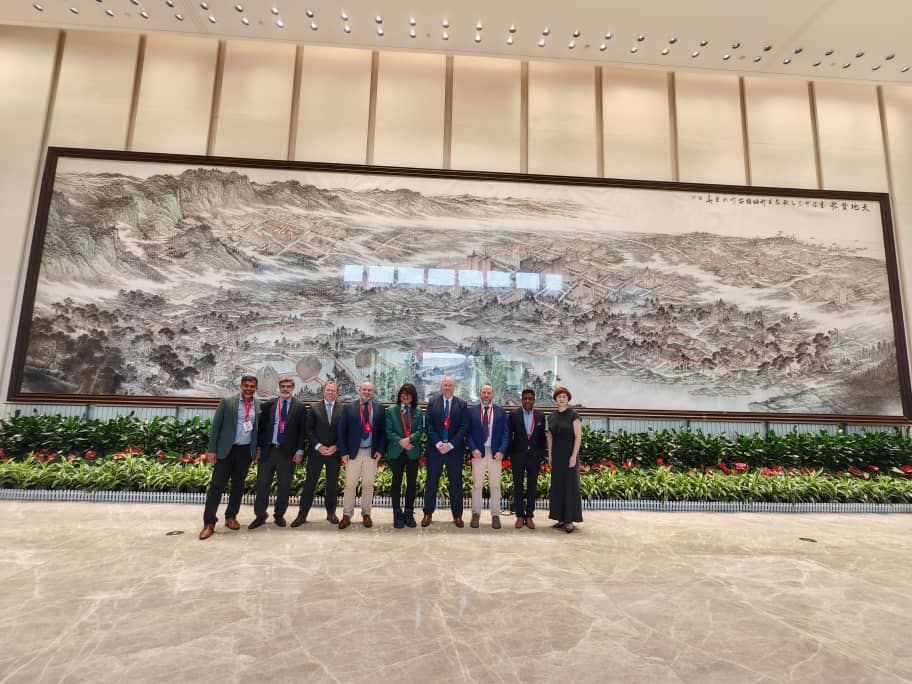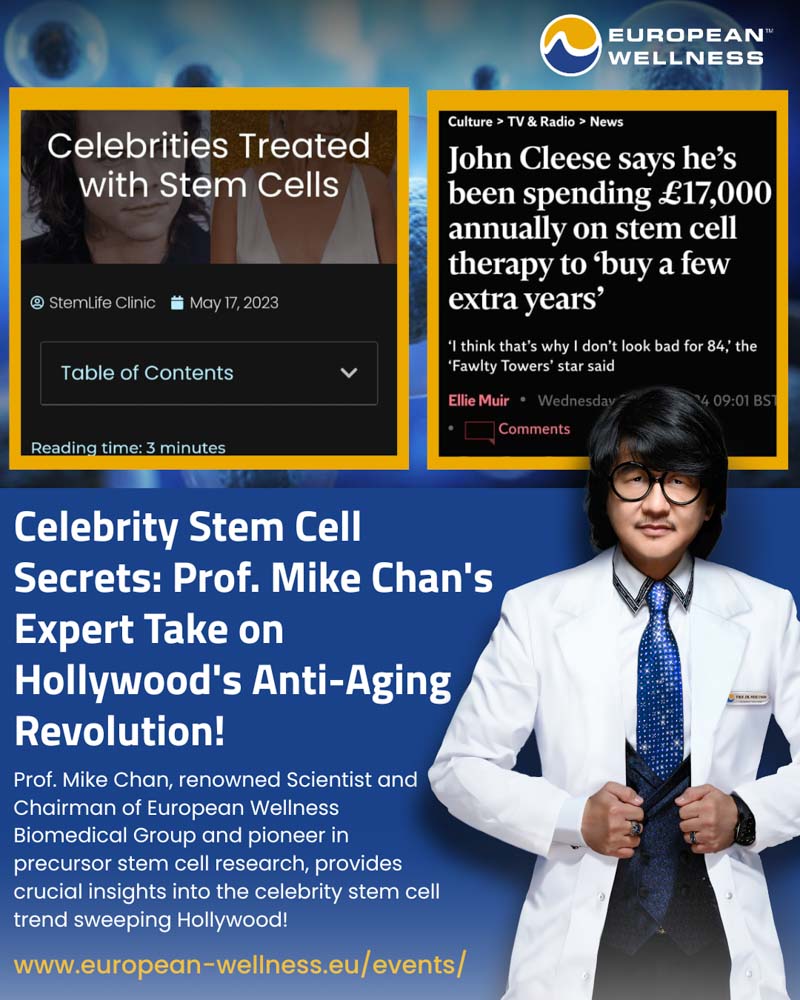Backed by data from over 40 centers worldwide, Prof. Mike Chan proves that precursor stem…
Prof. Mike Chan Brings Regenerative Medicine to Xiong’an’s Global Stage
Backed by data from over 40 centers worldwide, Prof. Mike Chan proves that precursor stem cell therapy is changing lives and calls for global action.

Xiong’an, China (Sept 9, 2025) – Regenerative medicine took center stage on Tuesday as Prof. Dr. Mike Chan, founder and chief scientist of European Wellness Biomedical Group, delivered one of the most anticipated addresses of the 23rd China International Talent Exchange Conference (CIEP) — calling for global collaboration to bring cell therapy and peptide science into mainstream healthcare.
Prof. Chan’s participation at CIEP was especially significant, as he was one of only six top scientists selected to present in the biomedical sciences category, chosen from among 53 foreign academicians and scientists invited to the event.
As Founder and Chairman of the European Wellness Biomedical Group (EWBG) and Senator for the German Federal Association for Economic Development and Foreign Trade (BWA), Prof. Chan continues to champion advanced stem cell science, immunology, and regenerative medicine — positioning himself as a bridge between Europe, Asia, and the global scientific community.
The second day of the conference opened with a short film showcasing Xiong’an’s rapid transformation into a smart, green innovation hub, followed by policy briefings and matchmaking sessions between Chinese institutions and international experts.
Speaking to a packed hall of scientists, clinicians and policymakers, Prof. Chan presented clinical data from European Wellness’s network of more than 40 centers worldwide, showing how cell-based therapies are helping patients with neurodegenerative diseases, immune dysfunction and age-related decline.
“I believe there’s a way to reverse aging. I believe there’s a way to treat the untreatable,” Chan said. “As long as there are living tissues, even dying ones — we can work with them. If you can regenerate the cells, you can regenerate the organs.”
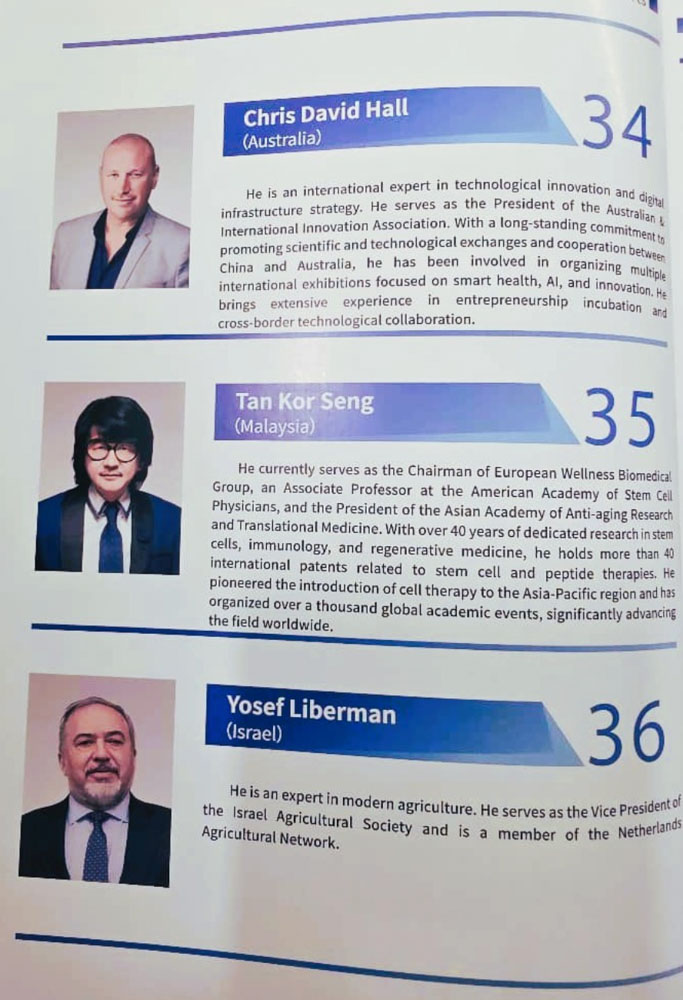
Chan highlighted advances in cardiomyocyte stem cell therapy for restoring heart function and shared his team’s research on nanotechnology and peptide delivery systems.
“Fifteen years ago, we learned to reduce peptides to just 2–3 nanometers — small enough to pass through the mucosa under the tongue,” he said. “This allows non-invasive delivery to the body and opens new frontiers in treatment.”
He also addressed the future of organ replacement, noting that China, Russia and Korea have been discussing transplantation as a way to extend life.
“The future is not transplanting whole organs — it is transplanting the cells of the organs,” he said. “If you can transplant the cells, you eliminate the need for lifelong immunosuppression.”
Chan revealed his team’s latest work on mitochondrial peptide transplantation, which he called a major frontier in medicine. “Precursor stem cells do a wonderful job, but peptides do a lot of the work too,” he said. “This is where medicine is heading.”
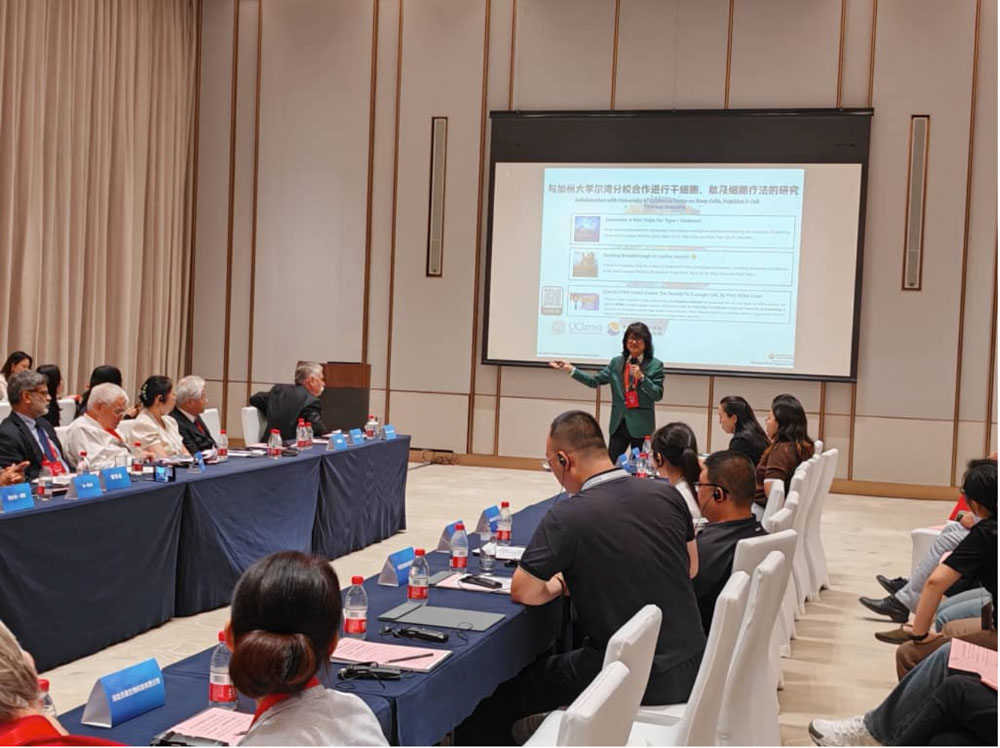
Why Regenerative Medicine?
Prof. Chan’s presentation struck a chord with experts confronting the growing burden of chronic disease, an aging global population, and mounting healthcare costs. His focus on restoring the body at the cellular level offered a compelling alternative to conventional treatments that often address only symptoms, not root causes.
For governments and healthcare systems, the implications are massive:
- Reduced long-term healthcare costs – By targeting the root of disease, cell therapy could lower dependency on expensive, long-term treatments.
- Improved quality of life for aging populations – With people living longer, regenerative medicine offers hope for healthier aging.
- New economic opportunities in biotech and wellness – The field opens up cross-border collaborations, clinical trials, and investment in next-generation therapies.
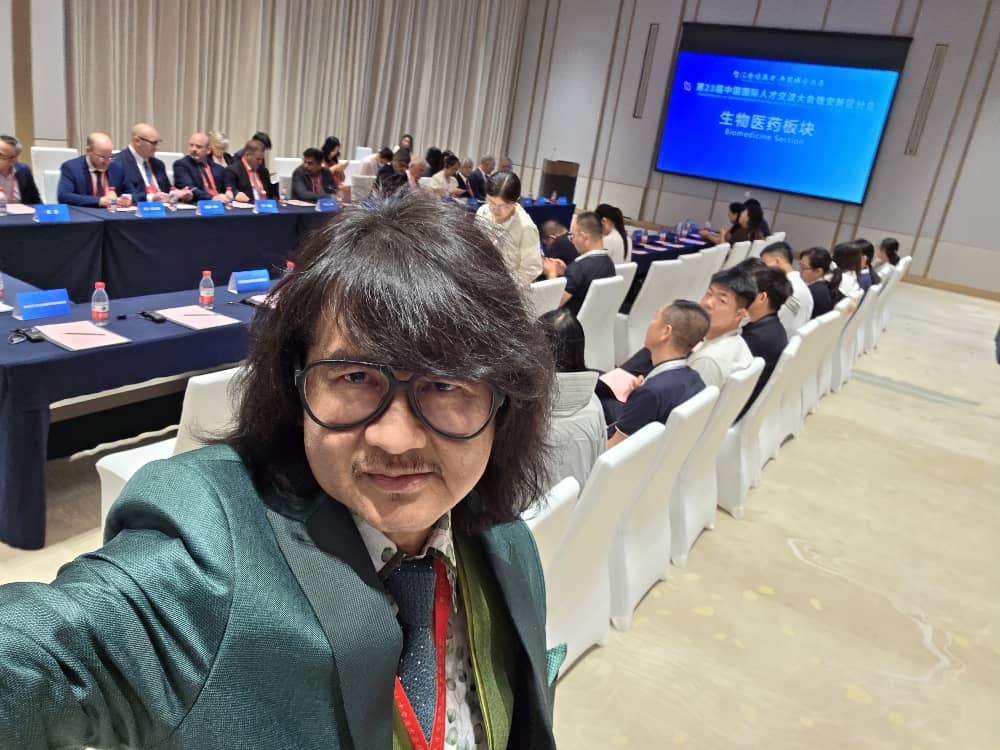
“You cannot stop aging. But you can reverse it biologically by six, 10, even 16 years,” Chan said, summing up his message. “You are as old as the biological age of your organs. That is what we are here to change.”
By the close of the session, delegates agreed that regenerative medicine is no longer a distant vision but a fast-advancing field.
Following the keynote, delegates attended matchmaking sessions aimed at turning ideas into action, including discussions on joint clinical trials, technology transfer agreements and co-development of anti-aging and regenerative medicine programs.
Matchmaking in Motion
The energy in the room shifted from inspiration to action when delegates headed straight into one-on-one matchmaking sessions to explore concrete opportunities for collaboration.
Interest was high, with Chinese hospitals, universities, and biotech parks eager to explore partnerships, pilot programs, and joint research that could accelerate the adoption of regenerative medicine.
Guided by conference organizers, these discussions focused on:
- Joint clinical trials – Institutions discussed co-developing treatment protocols and gathering multicenter data to accelerate approval timelines.
- Technology transfer – Biotech firms and research labs explored licensing innovations and bringing regenerative products to market in Asia and beyond.
- Institutional partnerships – Hospitals, universities, and wellness centers initiated talks on training programs and knowledge exchange.
Each initiative was designed to turn the breakthroughs highlighted in the keynote into practical solutions that can reach patients faster.
CIEP and Xiong’an: A Strategic Shift for Science
CIEP, one of China’s largest platforms for global talent exchange since its launch in 2001 in Shenzhen, is being held in Xiong’an for the first time this year.
Under the theme “Global Expertise, Shared Future: Building Xiong’an Together,” the 2025 edition seeks to transform international partnerships into tangible innovations that drive industry and research forward.
The move to Xiong’an, a state-level development zone established in 2017; reflects a deliberate strategy to position the city as China’s next powerhouse of science and technology. Conceived as a smart, green innovation hub with space for R&D centers, advanced manufacturing, and future-facing industries, Xiong’an is no longer just blueprint but a living showcase of what a “city of the future” can achieve.
Hosting cutting-edge healthcare discussions here underscores that Xiong’an is not merely preparing for the future — it is actively shaping it.
Group Photo in Front of the Conference Backdrop
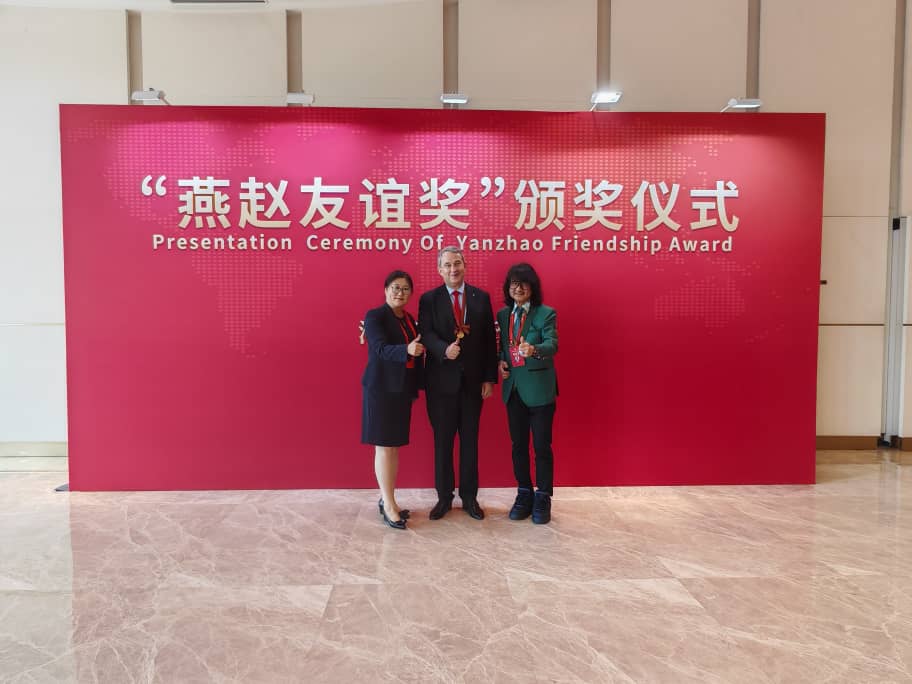
Follow European Wellness Academy:
